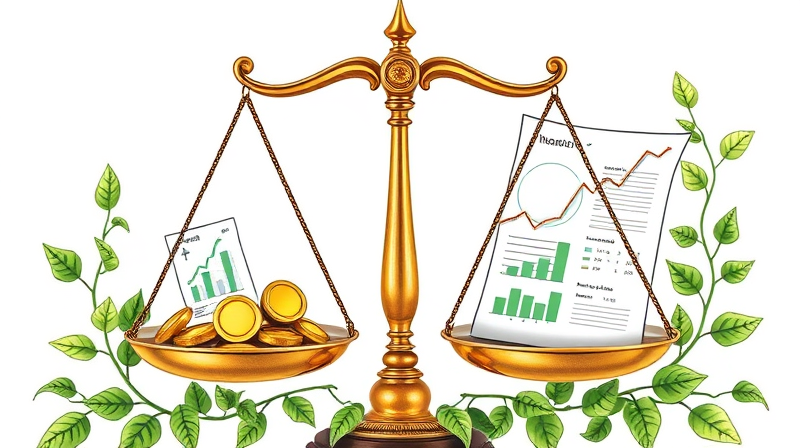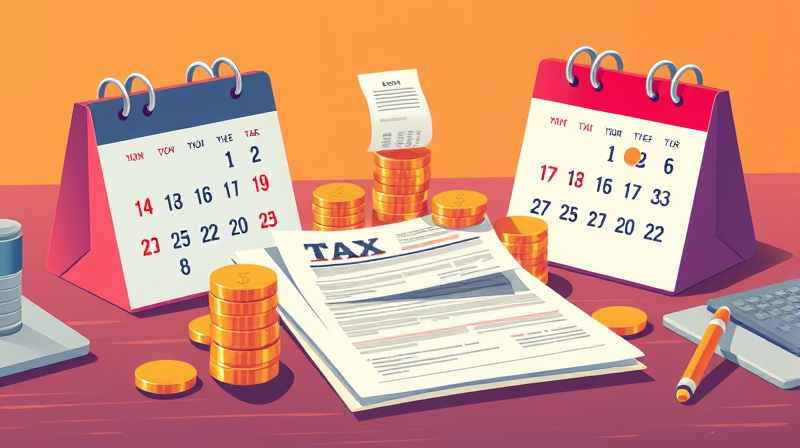
Retirement planning demands foresight, especially when taxes can erode years of diligent saving. A Roth conversion ladder offers a powerful multi-year strategy to transform pre-tax assets into tax-free funds, unlocking early retirement access and smoothing tax liabilities over time.
Instead of a one-time conversion that triggers a hefty tax bill, this approach distributes conversions annually, aligning withdrawals with your retirement timeline. The result is a predictable, tax-efficient income stream that bridges the gap between early retirement and age 59½ without penalties.
A Roth conversion ladder is a methodical process that gradually moves money from a Traditional IRA or 401(k) into a Roth IRA over several years. Each annual conversion becomes one rung on your ladder, growing tax-free and maturing for penalty-free withdrawal after five years.
By avoiding large tax burdens in any single year, you maintain control over your taxable income and prevent bracket creep. This technique is particularly appealing to early retirees seeking funds before Social Security or other income streams kick in.
Implementing a ladder requires careful annual planning and record-keeping. At its core, the process involves:
For example, if you plan to retire at age 50 and need $60,000 per year, you might convert $60,000 annually from ages 45 to 49. At age 50, your first rung becomes available. Each subsequent year, another rung matures, funding your early retirement until you reach age 59½.
The Roth conversion ladder offers several compelling advantages:
These benefits combine to create a predictable, tax-free income stream that aligns with your long-term retirement vision.
Understanding numbers is crucial to avoid unwanted surprises. Although conversion limits do not exist, each converted dollar is taxed as ordinary income in the year of conversion.
Consider these illustrative scenarios based on historical brackets:
By adjusting conversion amounts to sit comfortably within your marginal rate, you preserve more wealth for growth in your Roth IRA.
To execute a successful ladder, keep these points in mind:
Failing to observe the five-year rule or underestimating tax impact can lead to unintended penalties and costs. Plan conversions to match your income and avoid “tax spikes.”
This strategy suits those who:
Whether you’re a high-earner concerned about future tax hikes or an early retiree mapping out a penalty-free drawdown, the Roth conversion ladder can serve as a tax-management backbone.
While the mechanics appear straightforward, personalized advice is invaluable. A financial planner or tax advisor can help tailor conversion amounts, ensure proper timeline tracking, and recommend strategies like converting during market downturns to optimize outcomes.
With expert oversight, you can avoid pitfalls like unplanned bracket jumps or misaligned five-year clocks. Professional guidance transforms a complex process into a reliable component of your retirement blueprint.
By adopting a Roth conversion ladder, you create a sustainable, tax-efficient withdrawal plan that bridges early retirement years and maximizes long-term wealth. With careful planning, disciplined execution, and sound advice, your retirement resources can work harder, grow tax-free, and deliver peace of mind for decades to come.
References













